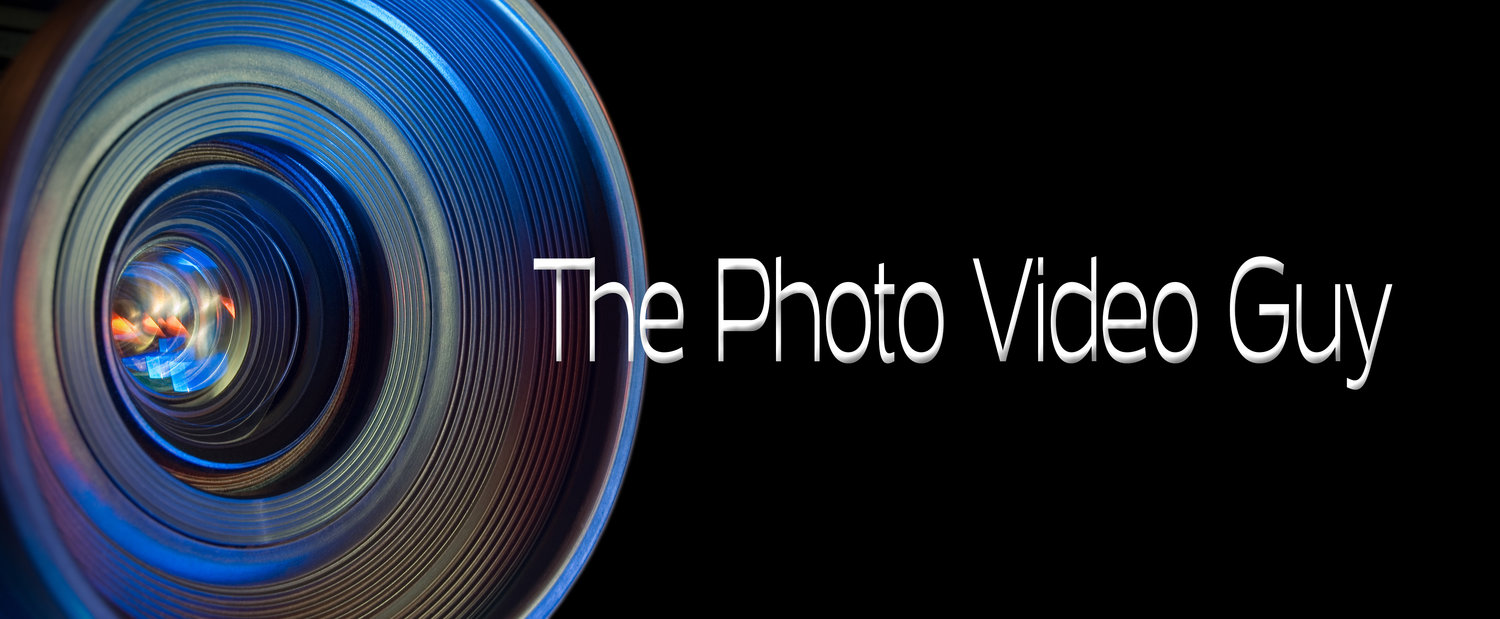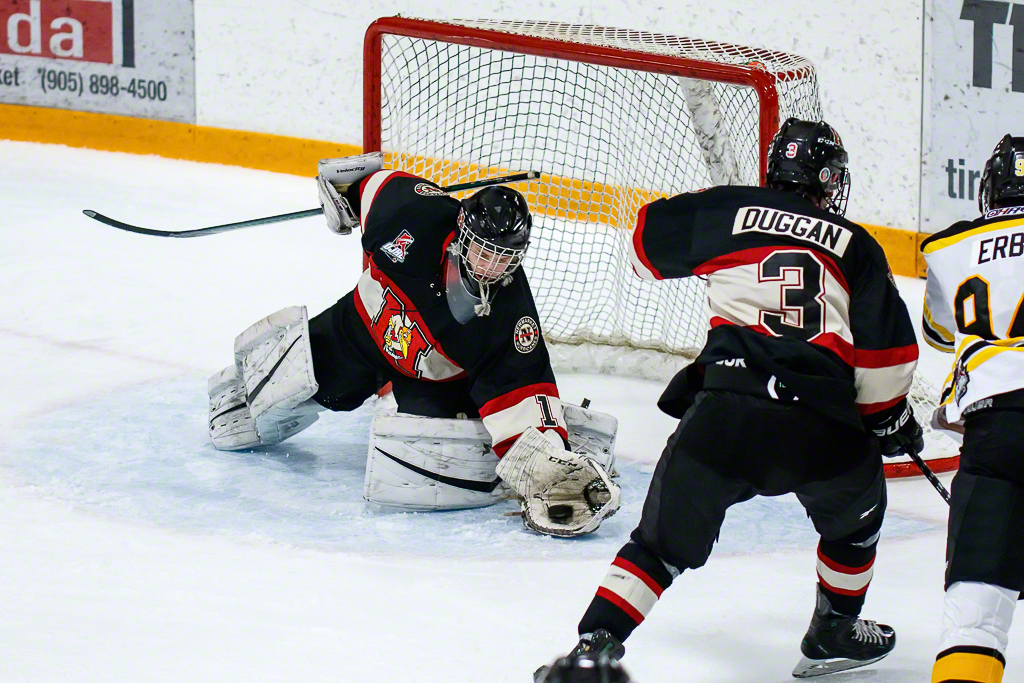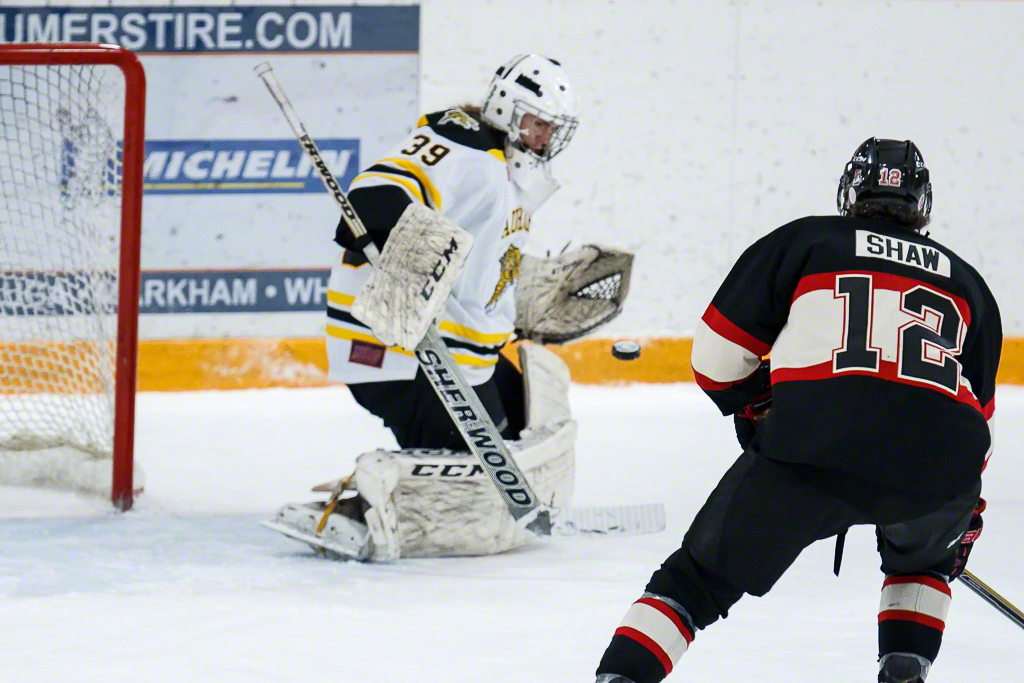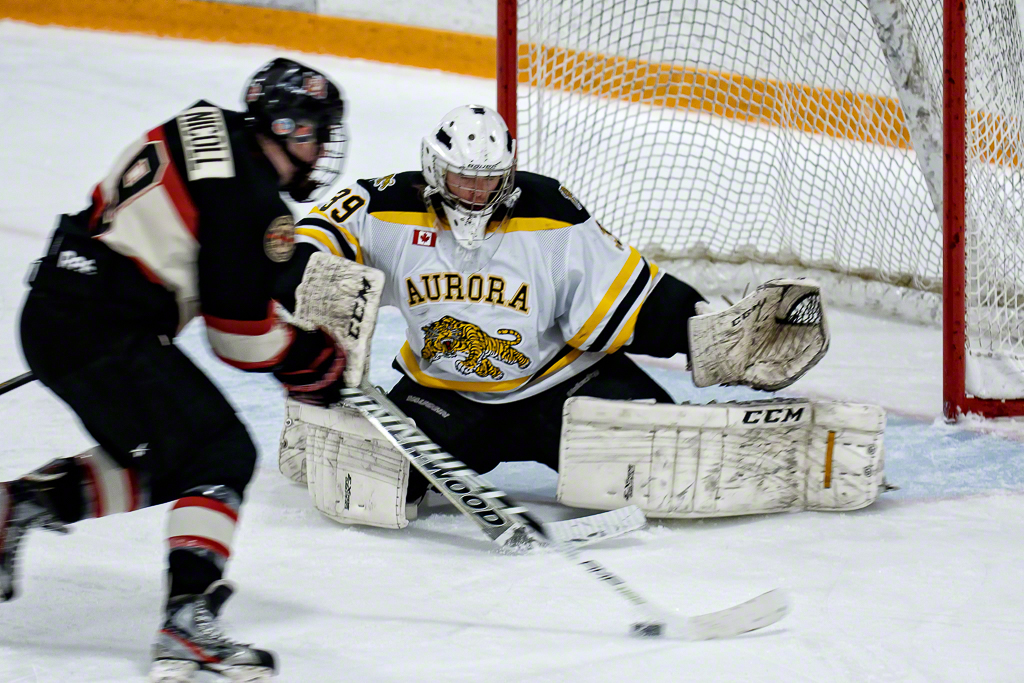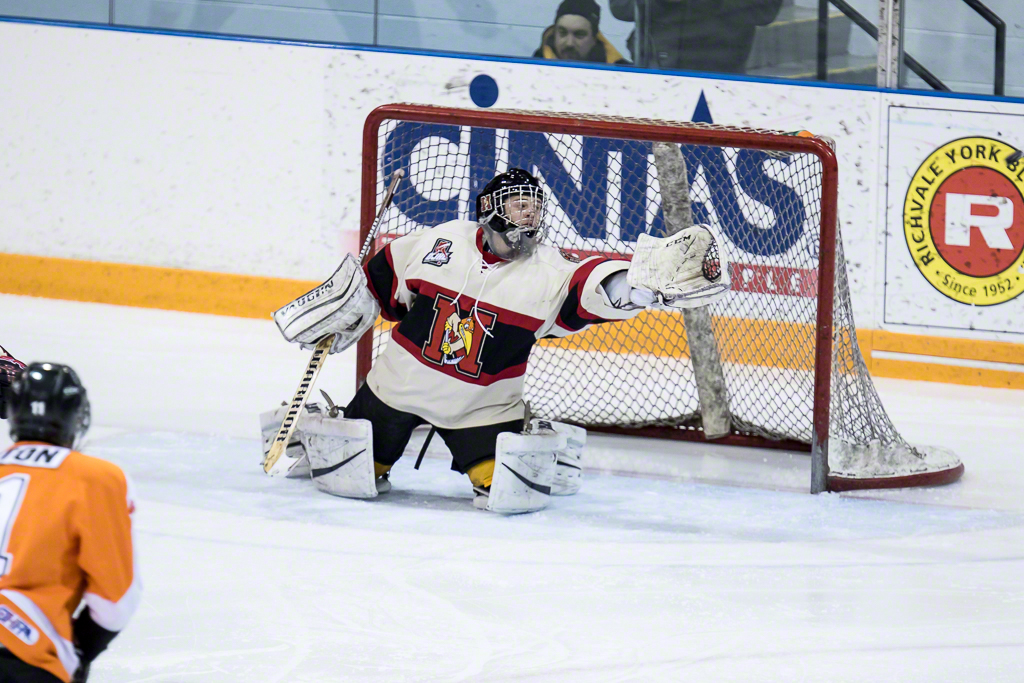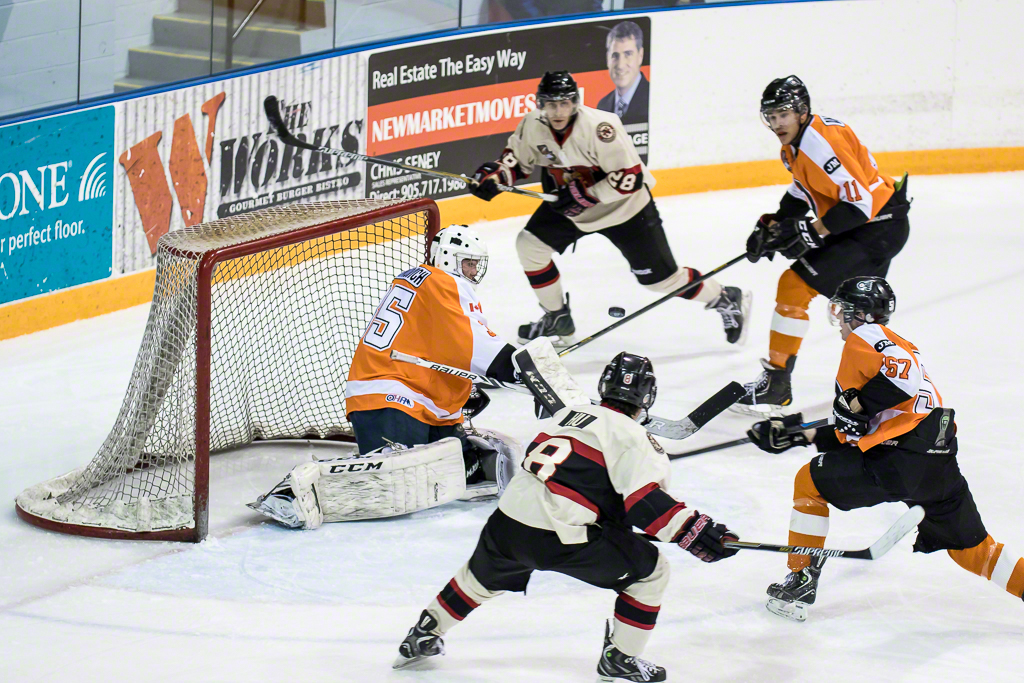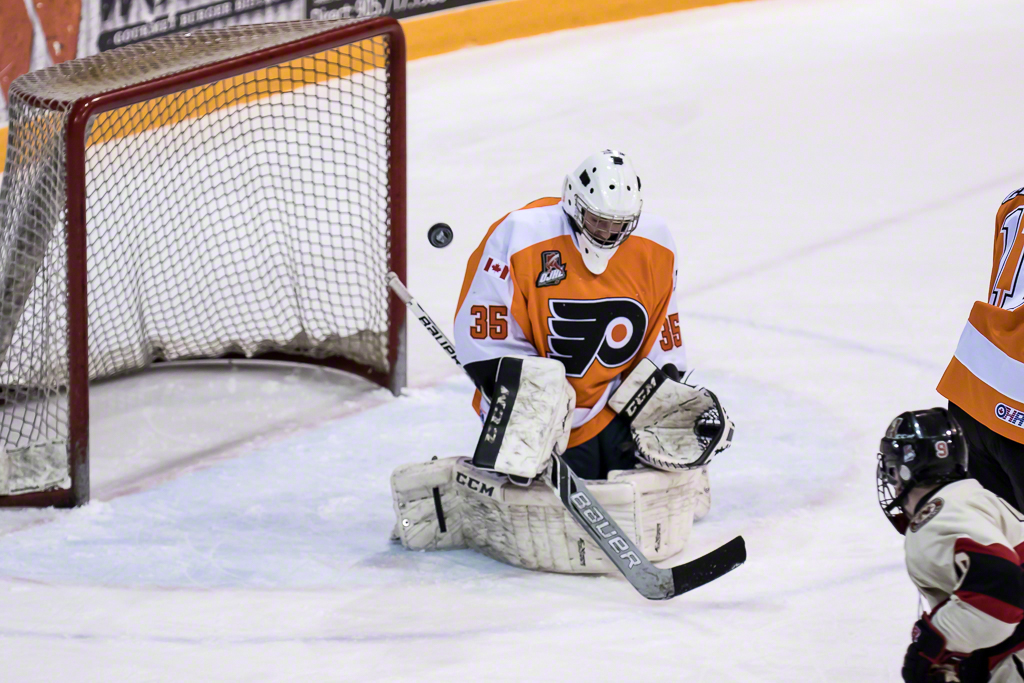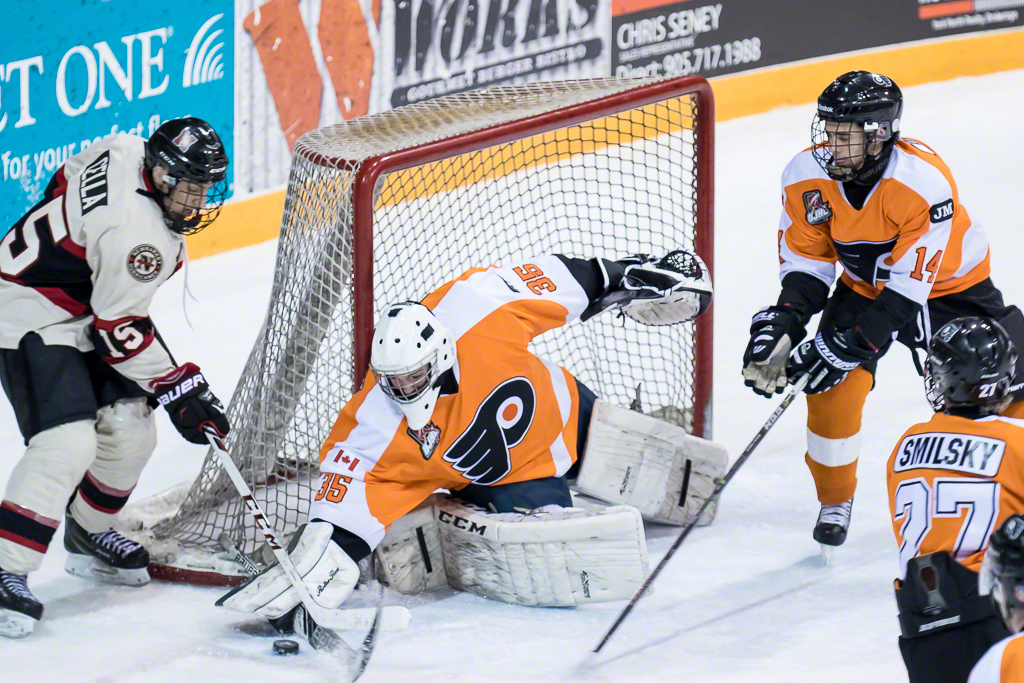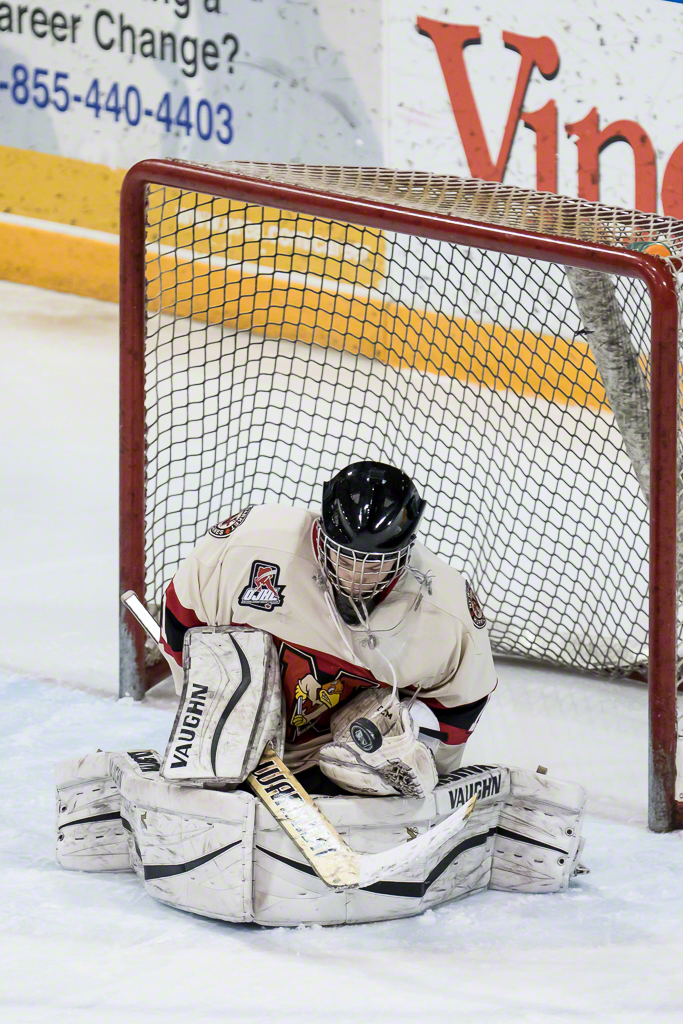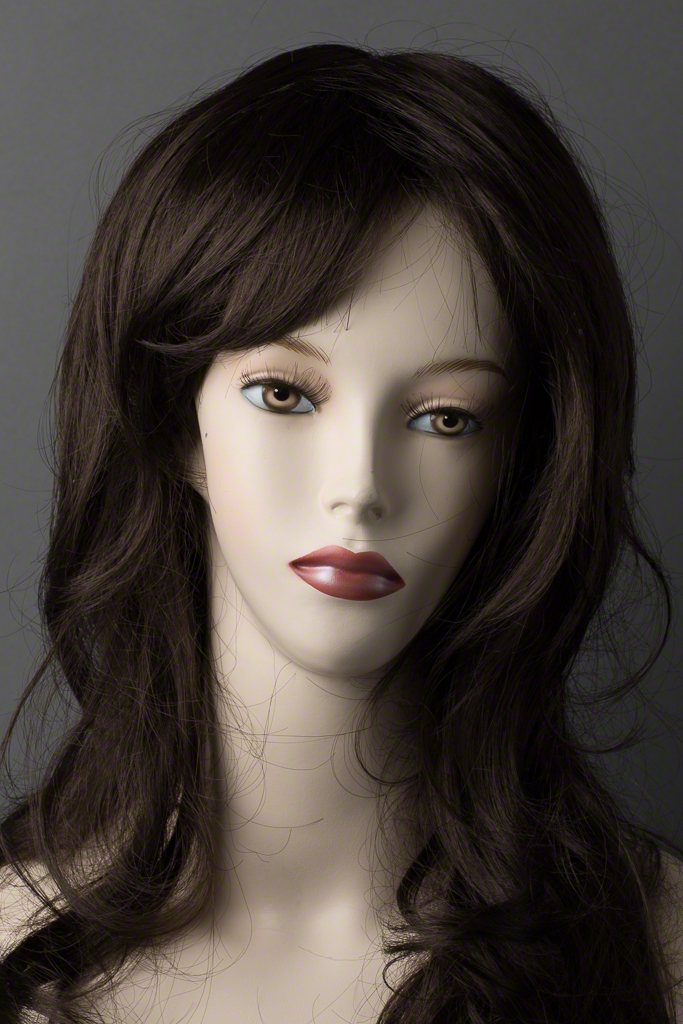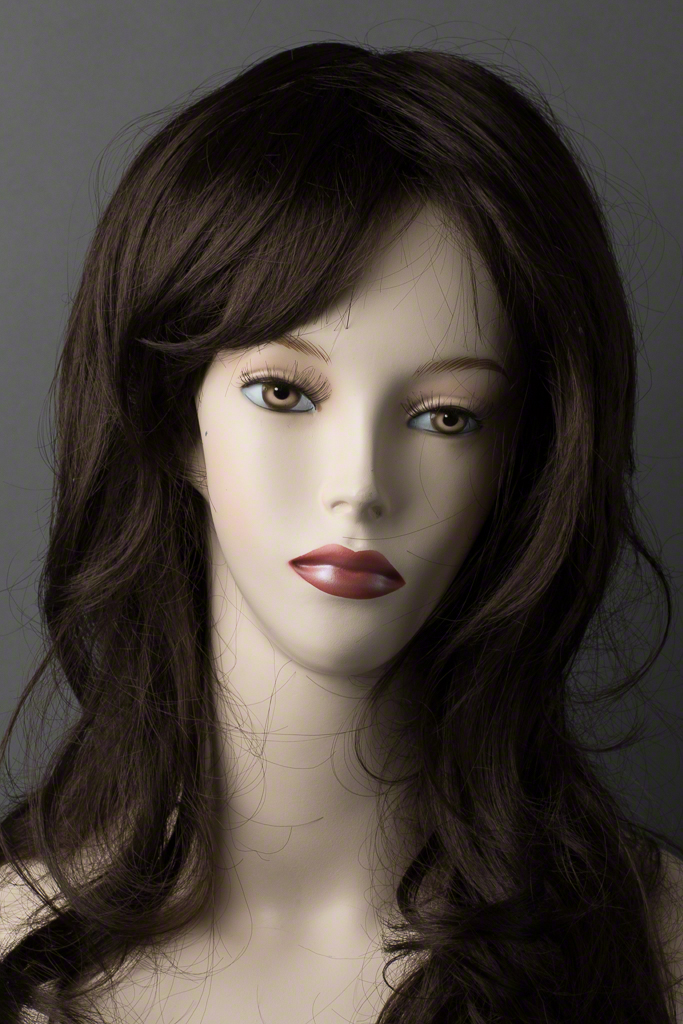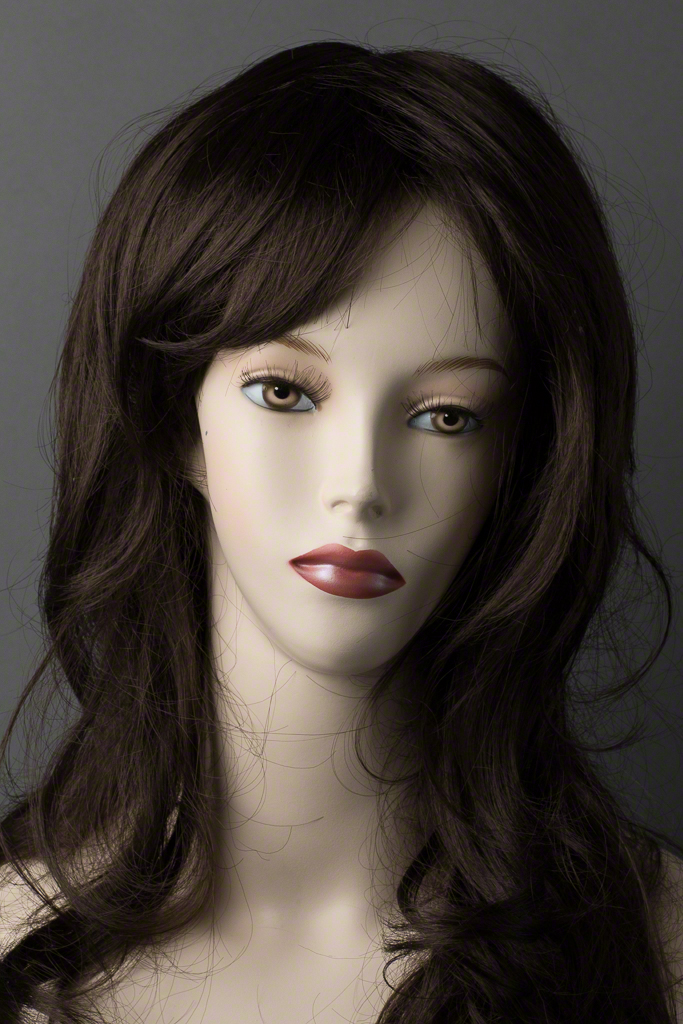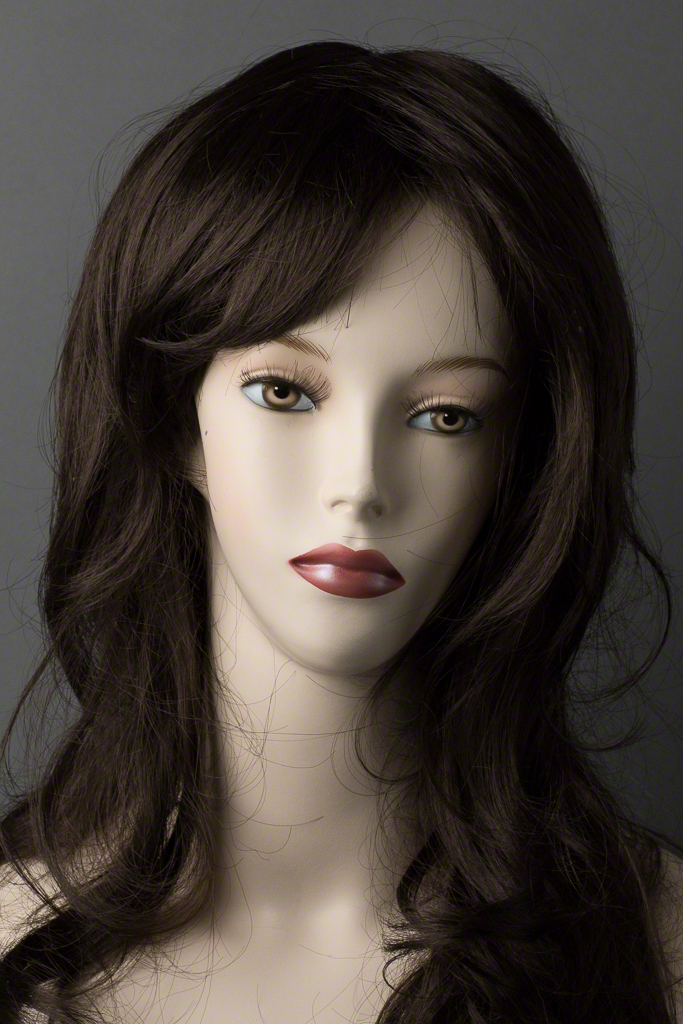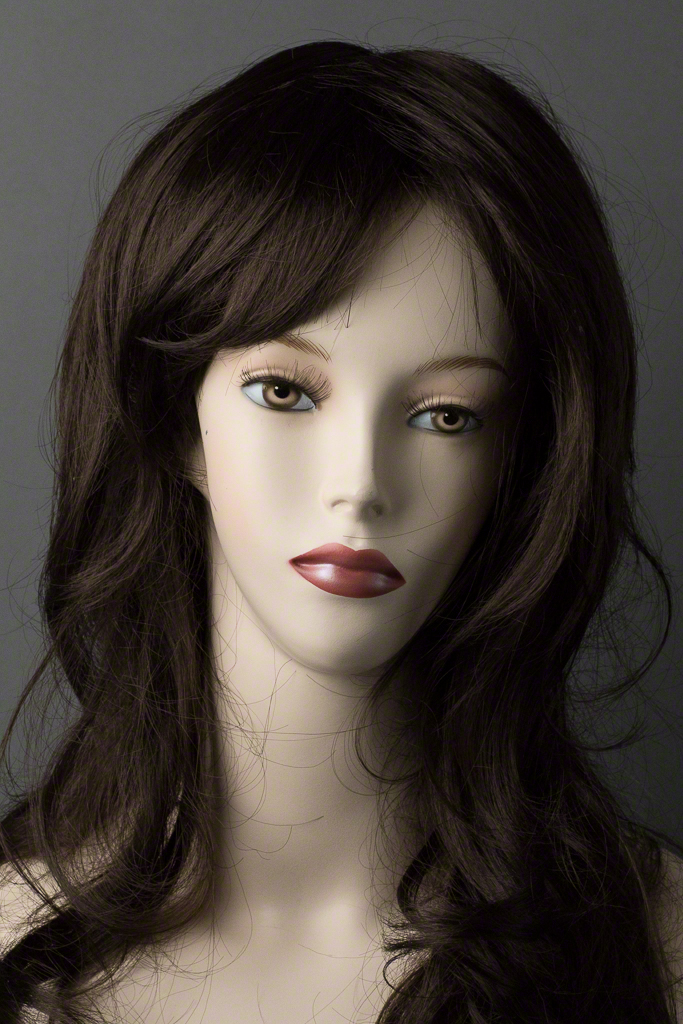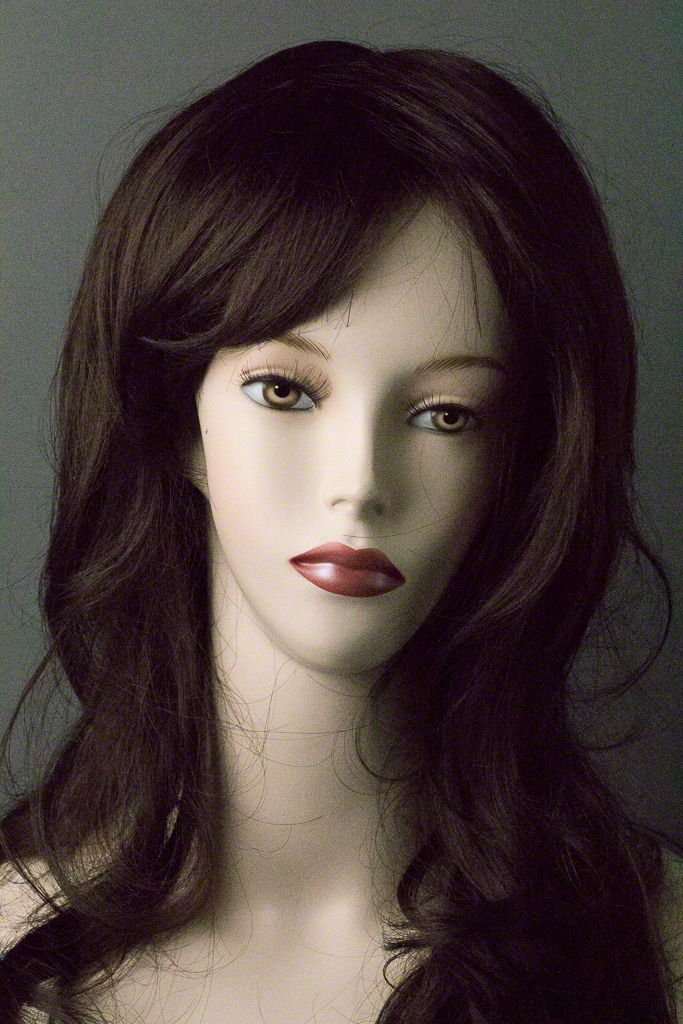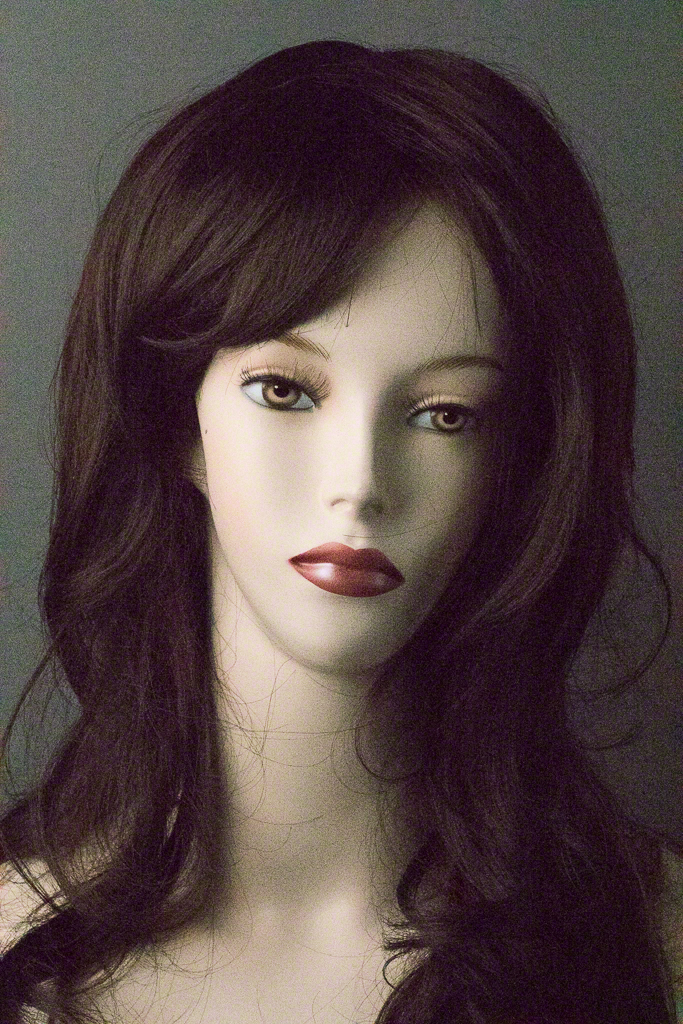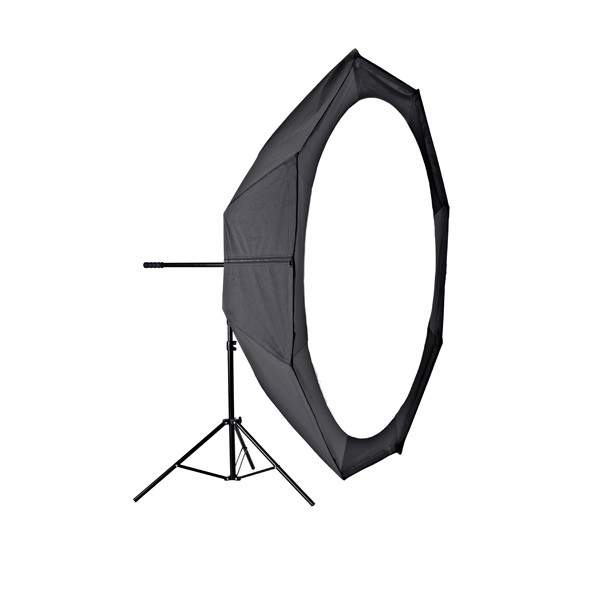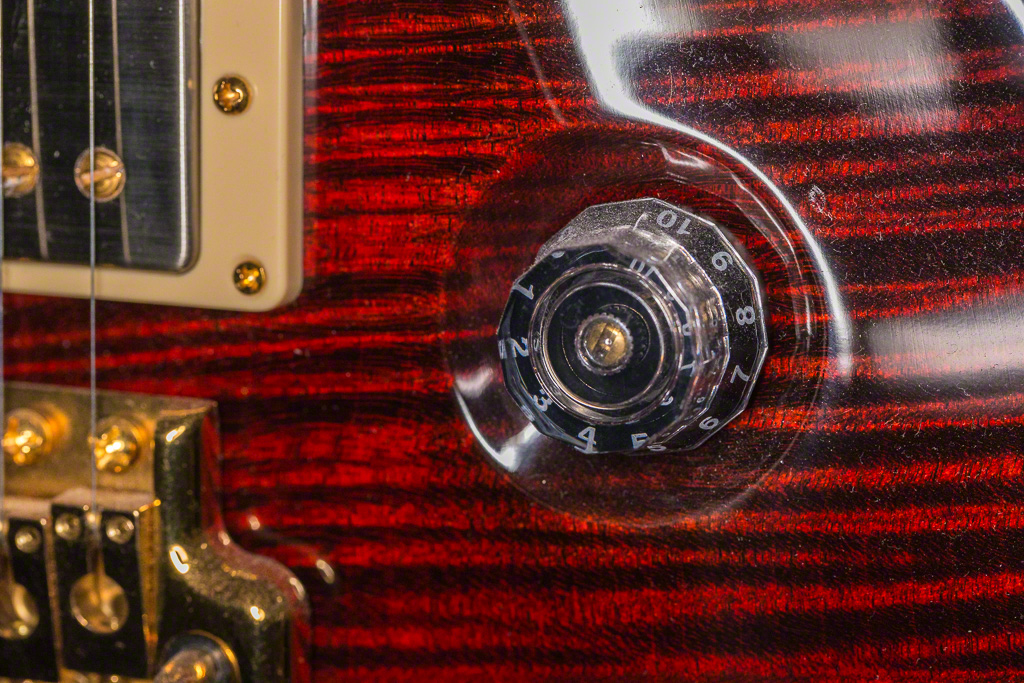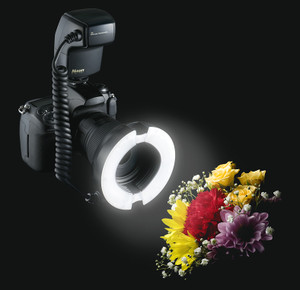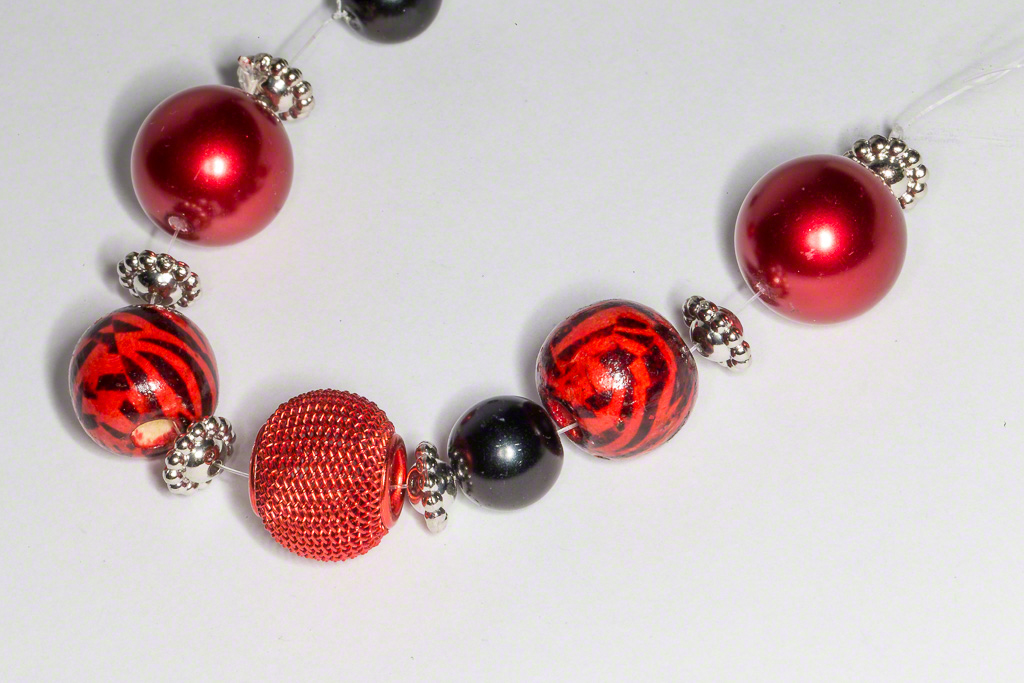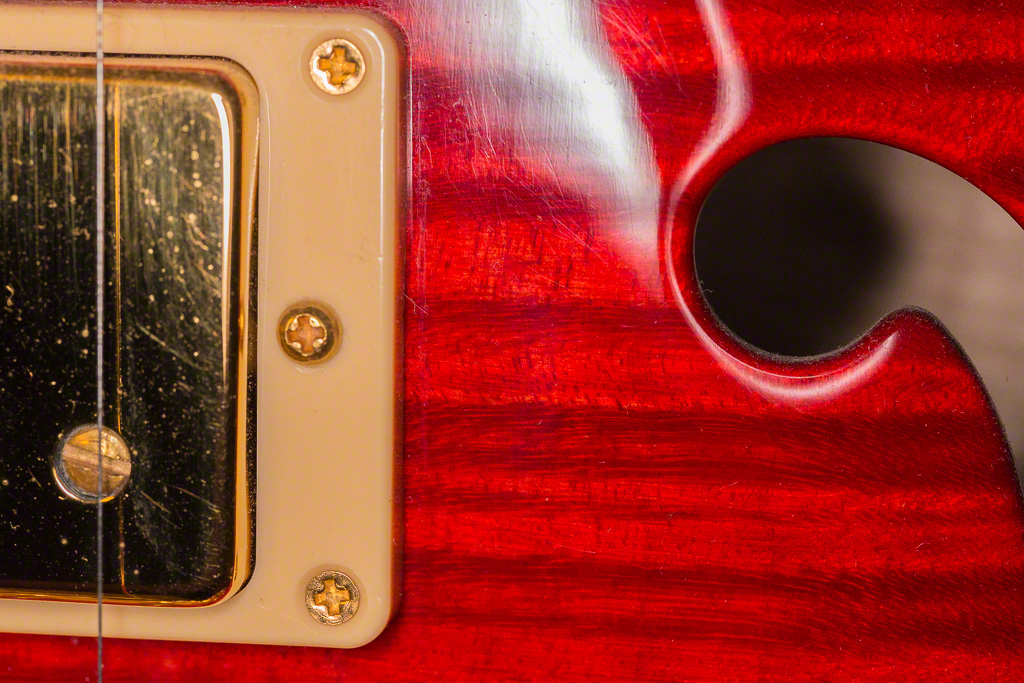iTR AF and Auto ISO for Hockey with the Canon 7D Mark II
/Another game, another set of experiments with the 7D Mark II. This time it was the same core kit, 7D Mark II, Sigma 120-300/2.8 and RRS monopod but with very different settings. I wanted to give Canon's full 65 point tracking autofocus a go and also see what would happen if I let the camera manage the ISO where I set a shutter speed floor and left the lens at f:/2.8. The results might surprise you.I have four Canon bodies. An original 7D hacked for video, a 1D Mark IV, a 1Dx and the new 7D Mark II. I bought the 7Dm2 specifically for sports and wildlife and given that it's winter here in the Great White North, hockey is where the camera is getting its workout. Friday night I went to the Aurora Community Centre aka the ACC (folks in the GTA will get the inside joke) to watch the battle of Yonge Street where the Tigers hosted their local nemesis the Newmarket Hurricanes. Kim came with and the Canes got a brand new cheering section as a result.
I was quite nervous about trusting AF point selection to the camera. I had tried this once before and didn't have spectacular results but never on this camera. So I set the camera to auto select but made the choice to have it start with the centre AF point, the one I usually use all the time. The first thing you notice is that as soon as you activate the AF, in my case by back button as I have deactivated the AF initiation at the shutter release, you get this jumping bunch of AF points.
As you recompose, they do a decent job of holding focus as the subject moves or you make a viewfinder recomposition. My usual mode in AI-Servo is to lock focus on the subject and hold the button down and track manually. The automatic way using iTR AF is certainly quick and less eyestrain than the manual method. I did find however that shooting in Case 4, if another player crossed in front of the subject I was locked on to, there was at least a 50% chance that the iTR AF would grab onto and follow the new subject. I considered switching to Case 2 but only after thinking about things after the fact, so that's a future experiment.
I also discovered that the jumping and flickering AF points are a real distraction. I did not have them set to glow red as is an option and I'm glad I did not because that would have made me nuts. It seemed the longer I held the AF button down the greater the probability that the iTR AF would wander off. In high speed play action, I had to learn to release the AF button and relock it quickly if I wanted to hold focus and before I learned this, I missed a number of what would have been great glove saves because they were out of focus. I don't think I would have had the miss rate if I had been in my usual focus mode.
So I conclude that iTR AF works decently well, but my initial experience is it does not work well enough to depend upon in frantic hockey action in front of the net. A player on breakaway is tracked very well and so long as nothing distracts the automatic tracking it's pretty good. I will try the same settings but with iTR AF turned off next time.
Auto ISO is a feature I rarely use. I am an old film photographer and still equate ISO with noise so I tend to pull the ISO as low as I possiby can, but sometimes doing so results in some motion blur, so I thought I would give it a shot. Canon's Auto ISO lets you set a range of potential ISOs for Auto to use, I set mine for the range between 100 and 6400. I also set a floor shutter speed of 1/500 for periods 1 and 3 and 1/250 for the second period, just to see what would happen.
The Aurora Community Centre is fine for viewing and even for video, but for still photography, the lighting leaves a lot to be desired. The lighting above the north end net is particularly crappy with nearly 1.5 stop drop off. On a number of occasions I found that the ISO had maxed out and the shutter speed had dropped below the floor in order to get the shot. It's interesting to note that the defaults will override the lowest shutter speed if the set ISO range tops out. On the other end of the spectrum though, instead of living at ISO 2500 as I usually have to do at the ACC, in some situations I found that the ISO dropped to ISO 1000 near the south net giving me nice high shutter speeds and crisp images. There's a benefit to letting the camera handle the ISO but you really need to be cognizant of the range you will allow. What I did notice is that where in the past I would top out the ISO at 3200 and be a bit grumpy about the noise, the Auto ISO regularly pushed well beyond that and my favourite shot of the night (top of post) is at ISO 4000 and it looks very good. What I learned is that the noise difference between ISO 3200 and ISO 5000 is marginal so if you have to push it, you can push it relatively hard, and so long as you don't need to crop in at all, and I tend to crop everything a bit, even ISO 6400 is quite acceptable. I come away from this experience liking the camera more than I had been.
This is the first time that I can recall defaulting writing to the SD card instead of the CF card and I noticed an incongruity in the file naming. When I use the CF card to save images are saved in sequence when shooting in burst mode. I had the camera set to low speed burst configured for 6fps for all the games. This game I was saving to the SD card, also a Sandisk Extreme Pro, this one rated at 90MB/s. Interestingly the images from bursts are saved in reverse order where the last image is the first saved and has the lower file number. I have never seen this before and it is freaking weird when you are going through your images in the library and the play action appears to be going in reverse. I'd be curious to learn if anyone else has seen this behaviour. No images were dropped, nothing was lost, they are just saved in reverse order and only when in burst mode. I counted the images in each sequence when this happened and the max number of images was five, so no where near the max buffer load of 31 RAW images when using UDMA cards.
Here's a gallery of images from the game with some EXIF info shared so you get a sense of what the camera decisions were.
So the 7D Mark II stays in the shooting stable and as proof of that I have made even more firmware hacks to the original 7D so the likelihood of it coming out of video mode in the future is near zero. The 7D Mark II with that Sigma 120-300/2.8 APO IS is now the go-to hockey kit.
The other comment I would add is that while my Really Right Stuff monopod does not go as high as the Gitzo it replaced, the leg locks also stay locked instead of loosening off under pressure. I am also using the Really Right Stuff MH-02 LR monopod head. Using a monopod without a proper head is way more work than it needs to be. This head tilts fore and aft and also rotates the mount through 90 degrees so you either mount the camera or a lens plate and have the tilt work in the proper direction.
